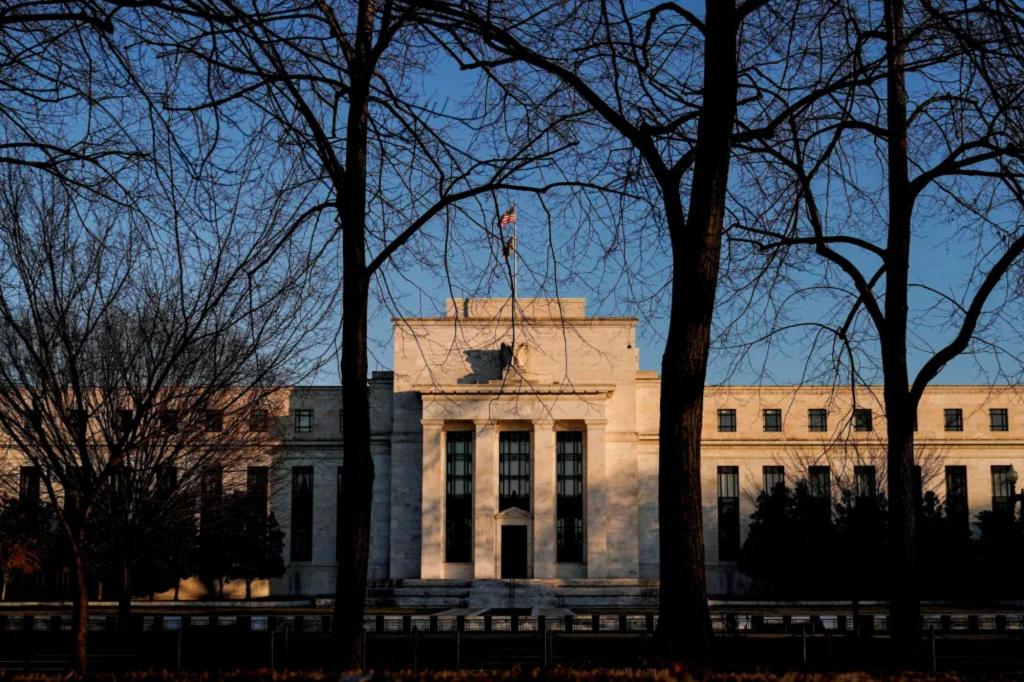The Federal Reserve’s preferred measure of inflation showed a slight cooling in January, offering investors some hope for potential interest rate cuts following concerning economic reports earlier this month. The personal consumption expenditures price index, which tracks consumer price changes, increased by 2.5% over the past 12 months, according to data released by the Bureau of Economic Analysis. Inflation rose by 0.3% in January. Excluding volatile food and energy prices, the core PCE index climbed 2.6% over the past year. The report aligned with economists’ expectations and indicated easing inflation after a 2.6% year-over-year rise in December. The data comes amid a volatile week for markets, triggered by President Trump’s proposed tariffs, which caused significant drops in technology stocks. Earlier reports on consumer and producer prices had shown unexpected inflation spikes, dampening hopes for rate cuts and even prompting speculation about potential rate hikes. Federal Reserve Chair Jerome Powell has indicated that rate cuts are unlikely soon, emphasizing the need to maintain restrictive policy. Just before the PCE report, most investors anticipated the Fed would keep rates steady, with only a small percentage expecting a quarter-point cut. Trump’s announcement of tariffs on goods from Mexico and Canada, set to take effect on March 4, has raised concerns about potential price increases for U.S. consumers and renewed inflation fears. This week, the tech-heavy Nasdaq Composite fell by about 5.5%, with Nvidia experiencing a sharp decline. The S&P 500 and Dow also saw declines before the release of the inflation report. — news from New York Post
